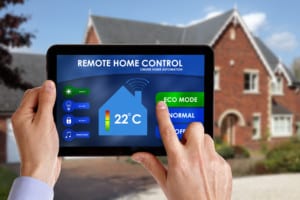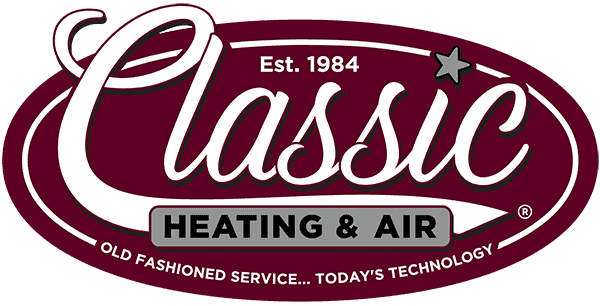 One of the most notable technological advances in the HVAC industry has been the emergence of smart thermostats in residential homes.
One of the most notable technological advances in the HVAC industry has been the emergence of smart thermostats in residential homes.
Smart thermostats come equipped with a variety of impressive features that far surpass those of a traditional programmable thermostat. Users can control temperature settings from a smartphone, view usage history, and more. The primary marketing focus of most smart thermostats centers on both convenience and energy efficiency, which ideally results in a lower electric bill. The convenience aspect of this product is evident; do these devices save you money?
The initial cost of the thermostat itself is the primary factor in calculating the return on investment for upgrading to smart thermostat technology. Yes, smart thermostats have the potential to save you money, but with costs starting at $250, you may be starting off at least $150 behind with respect to a traditional thermostat that runs $100. However, this is not to say that smart thermostats are not worth the investment if you’re looking for convenience and accessibility. The innovative features of devices like the American Standard Nexia thermostats completely reimagine the way you control and potentially automate your home. Regardless, it’s important to factor in the additional cost of the device itself when evaluating savings.
When it comes to the actual energy efficiency of a smart thermostat, many factors will affect your savings. Here are a few of the most influential:
Regional Utility Costs- These usually increase every year, so it’s important to prepare for your energy costs to steadily rise, regardless of what thermostat you use. A thermostat may actually be saving energy, but the savings could be offset by rising electricity cost.
Climate- Those who live in temperate climate regions are more likely to have a lower electric bill than someone who faces harsh winters and blazing hot summers. The return on investment will be much lower in extreme climates.
Seasonal Variations- The severity of winters and summers changes from year to year. If you’ve just survived the “coldest winter on record,” you’re going to see significant savings the next year, but remember that this can work vice versa, multiple data points are always better indicators.
Current Energy Use Habits- If you’re already in the habit of setting back your thermostat when you aren’t home, you will not see incredibly dramatic results with a smart thermostat. The most notable decrease in energy costs will be for those who currently condition the home at a consistent temperature whether home or away.
Your HVAC system- Insulation and HVAC maintenance can have an enormous impact on your electricity bills. Keep filters clean and set up scheduled maintenance calls with trusted HVAC professionals, like our team at Classic Heating and Air in McKinney, TX.
What’s the bottom line when it comes to smart thermostats? The truth is it depends. Realistically, savings will vary based on the factors listed above as well as based on your habits. If you’re thinking about buying a smart thermostat, consider that it may not end up saving you money month-to-month, and then decide if the investment is still worth it for your particular situation. If you have any questions about thermostat replacement, or HVAC repair McKinney TX, please give Classic Heating and Air a call at 214-310-2665, or visit us online https://www.classicheatandair.com/.
Classic Heating & Air | Smart Thermostats McKinney | 214-310-2665


